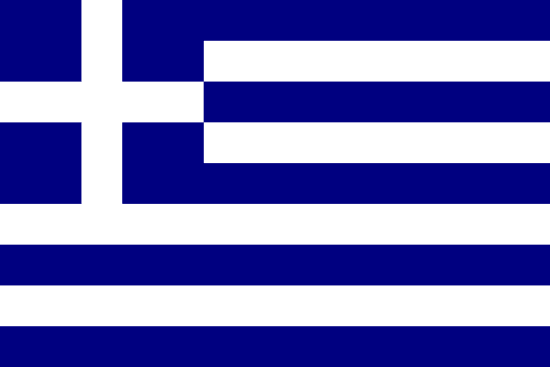"Πνευματικό Φως | Spiritual Light"
About:
Pátmos, a small Greek island, has a rich history dating back to the Roman era. It is best known as the location where the Book of Revelation was written. The island was used for exile during the Roman period, most notably for St. John the Theologian. In the 11th century, a monastery dedicated to St. John was built, becoming a center of scholarship. Pátmos was occupied by the Ottoman Empire, Italy, and Germany before rejoining Greece in 1948. Today, it's a UNESCO World Heritage site and popular tourist destination.
When to visit:
Pátmos, a small Greek island located in the Aegean Sea, is a popular destination for travelers seeking a serene and spiritual retreat. The best time to visit Pátmos is during the spring and fall seasons, from April to June and September to October, when the weather is mild and the crowds are smaller. During these months, visitors can explore the island's historic sites, such as the Monastery of Saint John the Theologian and the Cave of the Apocalypse, without the summer tourist rush. Additionally, the shoulder seasons offer pleasant temperatures for enjoying the island's beautiful beaches and charming villages.
When to avoid:
Traveling to Pátmos during the winter months, particularly from November to March, is considered the worst time for a holiday due to the island's off-season status. During this time, many tourist facilities may be closed, limiting accommodation and dining options. The weather can also be unpredictable, with cooler temperatures and a higher chance of rain. Additionally, some popular attractions and activities may not be available during the winter months, diminishing the overall holiday experience on the island.
Winter Season (Dec-Feb)
The wettest period in Pátmos, Greece, is from November to March. During this time, temperatures range from 12°C to 16°C. Rainfall peaks in December, with around 70mm falling over 6 days. Sunlight is limited, with about 4-5 hours of sunshine daily. Cloud cover is extensive, often resulting in overcast skies. An average day for a visitor might involve cooler weather, occasional rain showers, and less sunlight. Despite the weather, it's a great time to explore indoor attractions like the Monastery of Saint John the Theologian or the Cave of the Apocalypse.
Summer (June-August)
In Pátmos, Greece, the warmest part of the year is from June to September, with July and August being the peak months. During this time, the average high temperatures range from 27°C (80°F) to 31°C (88°F). Rainfall is minimal in these months, typically less than 1 inch per month, making it the driest period of the year.
The island enjoys plenty of sunlight during the warmest part of the year, with an average of 12-14 hours of daylight per day. Humidity levels are relatively low, ranging from 50% to 70%, making the heat more bearable. As for cloudiness, clear or partly cloudy conditions are more common, contributing to the high amount of sunlight.
A typical day for a visitor during this period feels warm and sunny. The mornings start with mild temperatures that gradually increase to the day's peak in the afternoon, then cool down slightly in the evenings. The lack of rain and low humidity levels make it comfortable for outdoor activities. The abundant sunlight and minimal cloud cover provide excellent conditions for sightseeing, beach activities, and enjoying the beautiful views of Pátmos. The evenings are pleasantly warm, perfect for leisurely strolls or dining al fresco.
Language:
In Pátmos, Greece, the most commonly spoken language is Greek. This is due to the country's location in southeastern Europe and its historical and cultural ties to the ancient Greek civilization. English is also widely spoken, especially among younger generations and in tourist areas, due to the influence of Western culture and the importance of English as a global lingua franca.




